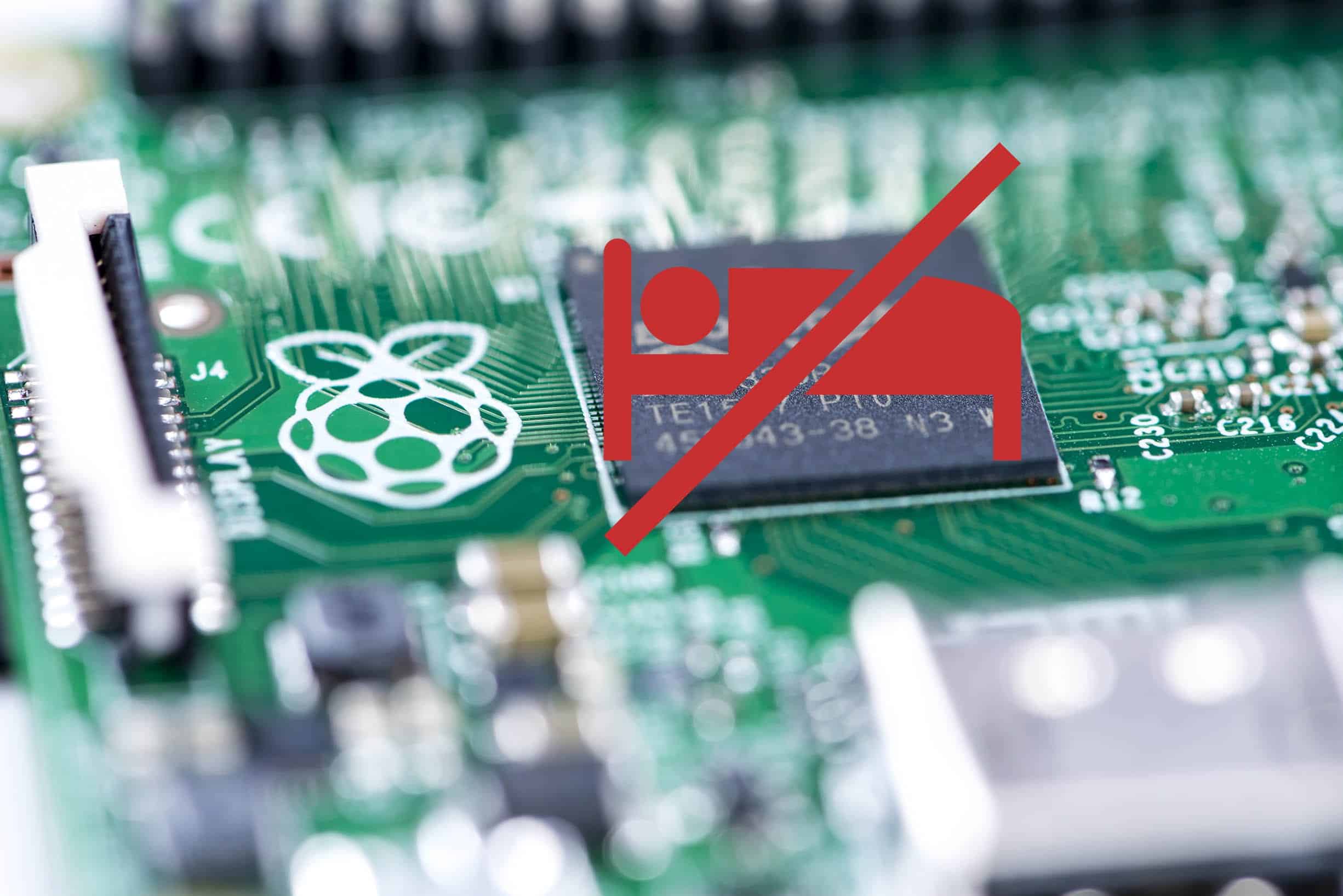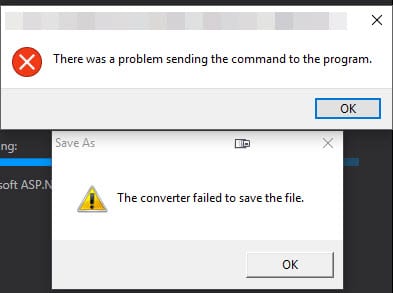Stupid Admin Tales Part 1
Life as an system/network admin can be extremely fun and satisfying when you’re not bogged down with management and people breathing down your neck. Of course it has moments to cause you to sweat a giant puddle in the middle of the server room. We’ve all made mistakes and (hopefully) learn never to repeat them. Sometimes we’re doomed to repeat them no matter what precautions we take.
In one of my first jobs as a system admin, I used to be responsible for a small business server in a 5-10 user office. One of the downsides of working in a small business is often the budgets don’t coincide with the real needs and you’re often forced to make things work using bubble gum and sticks. Duct tape was a luxury for spoiled admins that was completely out of the budget I was given. The first machine purchased was a bare-bones Windows 2000 machine which served as a file and print server for the office. Not too bad, right? Unfortunately due to budget constraints, this machine ran Windows 2000 Professional, not the server edition that was recommended. It had to function on a workgroup as a server since Active Directory was not an option. Security was managed at a workgroup level meaning all changes had to be made on every PC individually as well as the server. Luckily with 5-10 users, it wasn’t unmanageable and changes could be made to most machines after hours.
As the business grew due to better use of the technology and skills of the IT team (read: Me), the budgets increased slightly and I was allowed to upgrade hardware to a better machine but the Server license was still out of the budget I was provided. The network still purred and all users were happy with the performance and uptime and how smooth things ran. As more data was used and saved, backup became a major priority. With the limited budget a tape backup drive was too expensive, and as this was pre-cloud era, a Maxtor One Touch backup and DVD backups were the only solutions available as options to consider. Dual backup systems were a must for redundancy and off-site backup capability. Everything was implemented and tested successfully with restores working with no issues from both the drive and DVDs.
Flash forward roughly two years and the server’s primary hard drive fails and the secondary seemed to have become corrupted. Luckily the server was under warranty and the hard drive was replaced at no cost. There were backups of everything so data loss wasn’t a concern. After replacing both drives, I loaded the Windows disk and began the install process. Setup detected the new drive and my standard operating procedure is to format the drive to get it NTFS ready. The C: drive was selected and setup began the format and I walked away to complete other tasks. I came back a short while later and found Windows was installing and smiled. It was about then I noticed the lights on the Maxtor drive blinking as if data were being read/written.
A frown replaced the smile as my brain tried to process why the light would be blinking if Windows is installing on the drive and hadn’t gotten to the driver installation portion yet. I processed different scenarios as quickly as possible trying to find valid reasons why the lights would be blinking. It was a horrifying realization that there’s no way to cancel the install without shutting down the machine forcibly which could damage a drive. I weighed my options carefully and decided that in the event that my fear was for naught, I’d simply be able to start the install process over again.
Off the machine went and the Maxtor drive stuttered. Sweat began to build on my forehead as I knew there was no denying it. Windows setup was inexplicably installing to the external drive even though I selected the C: drive. I began damage assessment to see how bad things were. I unplugged the drive and reinstalled Windows and loaded the drive back on. All the data was gone and a partial Windows install was all that remained.
“Wait! Maybe data can be recovered using one of the many tools in my arsenal!” I so foolishly thought to myself. Windows had somehow managed to install itself over only the sectors where all the data was and only a few files were recoverable. I then realized I had DVD backups and quickly rushed to retrieve them from my office. I plopped the most recent disk in and then tried to copy the data back. A message box that simply said “Cyclic Redundancy Check” suddenly greeted me. I grabbed the next disk and tried to restore from that to find the files wouldn’t copy or open. I grabbed the first disk that I tested and knew worked only to find even the files there wouldn’t copy or open. I was dumbfounded as I had tested the discs to ensure that the backups were valid.
So at this point, you might be asking yourself what could possibly have happened? It turns out for some completely inexplicable and idiotic reason, Windows setup chooses the external drive as the primary and sets it to C. The DVD backup issues I only figured out recently. The issue was caused by the NTFS ID being different for the new Windows install. The NTFS IDs were now different on the new server. As the data was on non-writeable media, there was no way to set permissions of the files which made them completely useless.
Lesson learned? Unplug all drives when doing any OS work and DVD backups aren’t worth the disks they’re saved on.
Years later, a friend called me up with issues with his PC and asked if I could help. I went over, diagnosed that the hard drive was failing and that it needed to be replaced was done with no issues. After reconnecting all the cables back to the PC, I checked and saw no backup drives anywhere. I double checked and asked if said friend had backups of the data to be restored and was assured he did and that the drive was safe. I began the install and Windows began to format the new drive. It was then I heard the familiar grind of an external drive when data was being written to it. Reflexively, I shutdown the PC and cut off the installation. I called to my friend and asked why I heard an external drive when none were around that I could see even after tracing all cables. One of his many skills was carpentry and it turned out that he felt the drive was an eyesore and mounted it away behind the desk completely out of sight. I didn’t find any cables to it when I traced them all because the drive was plugged into a printer with a USB hub built into it. Even worse of a coincidence, the new drive wasn’t recognized by Windows due to incorrect jumper settings. The single drive I saw in the list which assured me there was only one drive available turned out to be the external drive.
I spent about two weeks recovering the data on that drive. Luckily I only lost some unimportant videos.
Lesson learned? Unplug all USB cables until after Windows setup is complete.


